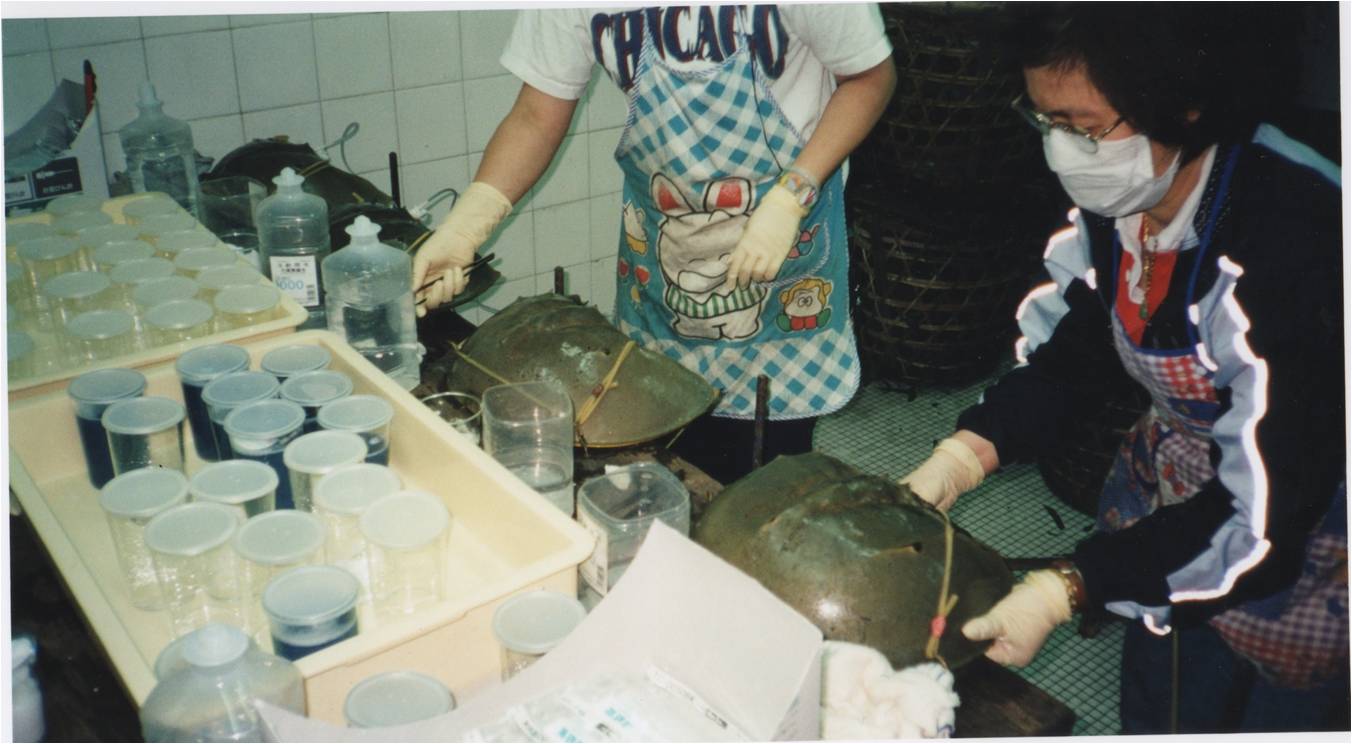For almost 30 years in a facility in charleston, charles river has bled the horseshoe crabs, then sold a test for contaminants using the blue blood called lal, named after.
Horseshoe Crab Bleeding Facility. By samantha black, phd, labpulse.com contributing writer. The horseshoe crab recovery coalition (hcrc) is dedicated to ensuring the future of the american horseshoe crab.
 Convention on Biological Diversity (Hong Kong) From cbdhongkong.blogspot.com
Convention on Biological Diversity (Hong Kong) From cbdhongkong.blogspot.com
By samantha black, phd, labpulse.com contributing writer. American horseshoe crabs that survive the biomedical bleeding process may take some time to fully recover. The horseshoe crab recovery coalition (hcrc) is dedicated to ensuring the future of the american horseshoe crab.
Convention on Biological Diversity (Hong Kong)
The horseshoe crabs were removed from the coolers and the unbled horseshoe crabs were marked with external tags That is, many species’ survival depends on the horseshoe crab. The horseshoe crab is considered a keystone species. At the aquaculture facility, they were kept in
 Source: ecowatch.com
Source: ecowatch.com
The technicians who bleed the crabs use only a small portion of it that is stored in the sinus sack surrounding the arthropod’s heart. Within 24 hours, the crabs are returned to the same waters from which they were caught. The blood of the horseshoe crab has served as a natural indicator of bacterial contamination in critical medical treatments. These.
 Source: cbdhongkong.blogspot.com
Source: cbdhongkong.blogspot.com
Conservations warn horseshoe crabs could go to extinct because their blood is being used in covid vaccines and for drug testing: The abundance of horseshoe crabs in the bay declined considerably in the later half of the 20th century, largely due to overharvesting. The horseshoe crab recovery coalition (hcrc) is dedicated to ensuring the future of the american horseshoe crab..






